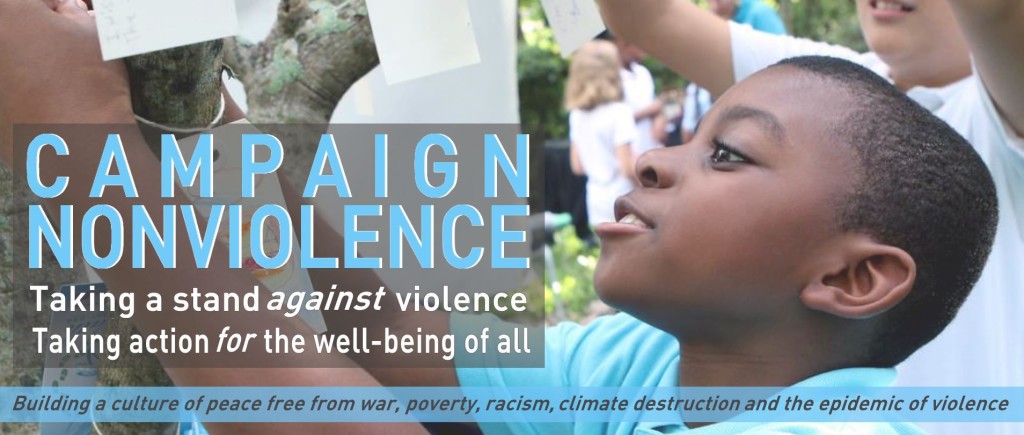 Maybe, instead of rallying against Trump the man, we could connect with his supporters. And maybe that’s the only thing that will do any good.
Maybe, instead of rallying against Trump the man, we could connect with his supporters. And maybe that’s the only thing that will do any good.
Trump seems to embody everything wrong with this country, at least in the circles I run in. He’s the American Ego run rampant, an American bogeyman. Recently, I overheard my daughter and some friends having an impromptu comedy show in the living room. Suddenly, their giggles turned to raucous peals of laughter. They had decided to make Trump the butt every joke in their comedy routine.
Meanwhile, my Facebook feed was overrun by post after post shaming Trump for the controversial things he says and slamming his supporters for being either too dumb or two bigoted to know any better. In the real world, protesters were turning up the heat on Trump, obstructing him in every way they could, but no matter how riled-up his opponents got and no matter what terrible things he said, Trump’s popularity continued to grow.
In early April, I attended the (absolutely amazing) Person Power Yoga retreat that Metta Center hosted and, quite unsurprisingly, Trump was a topic that popped up over and over. On the second day of the retreat, at the Nonviolent Communication (NVC) presentation lead by Lou Zweier, a novel idea began to scratch at my cerebral cortex. Through the lens of NVC, behind all communication there is a need that wants to be fulfilled: security, respect, love, understanding, connection, attention, accomplishment, safety, creativity, the list goes on. I began to wonder, what are the needs that are attracting people to Trump?
(more…)







 Maybe, instead of rallying against Trump the man, we could connect with his supporters. And maybe that’s the only thing that will do any good.
Maybe, instead of rallying against Trump the man, we could connect with his supporters. And maybe that’s the only thing that will do any good.
